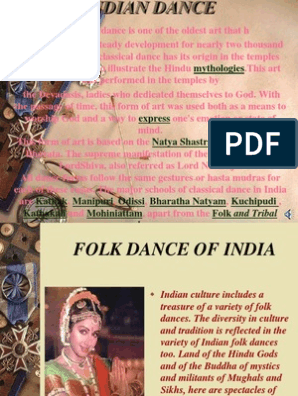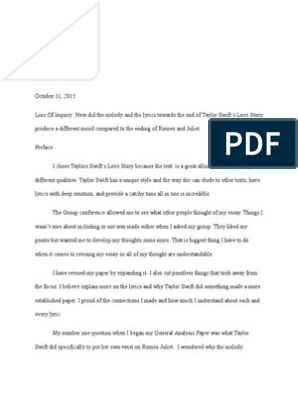0% found this document useful (0 votes)
500 views25 pagesFolk Dance OF INDIA
Indian folk dances range from celebratory harvest dances to ritualistic dances meant to invoke spirits. Common folk instruments that provide accompaniment include drums. Some regional dances described include Bhangra in Punjab, Ghoomar and Dandiya in Rajasthan, Chhau in Bihar/Orissa/Bengal, and Dhimsa and Padayani in parts of South India. Dances often involve costumes, props like bamboo poles or drums, and tell stories or myths through song and movement.
Uploaded by
Shankar NarayanCopyright
© © All Rights Reserved
We take content rights seriously. If you suspect this is your content, claim it here.
Available Formats
Download as PPTX, PDF, TXT or read online on Scribd
0% found this document useful (0 votes)
500 views25 pagesFolk Dance OF INDIA
Indian folk dances range from celebratory harvest dances to ritualistic dances meant to invoke spirits. Common folk instruments that provide accompaniment include drums. Some regional dances described include Bhangra in Punjab, Ghoomar and Dandiya in Rajasthan, Chhau in Bihar/Orissa/Bengal, and Dhimsa and Padayani in parts of South India. Dances often involve costumes, props like bamboo poles or drums, and tell stories or myths through song and movement.
Uploaded by
Shankar NarayanCopyright
© © All Rights Reserved
We take content rights seriously. If you suspect this is your content, claim it here.
Available Formats
Download as PPTX, PDF, TXT or read online on Scribd
/ 25

























































































